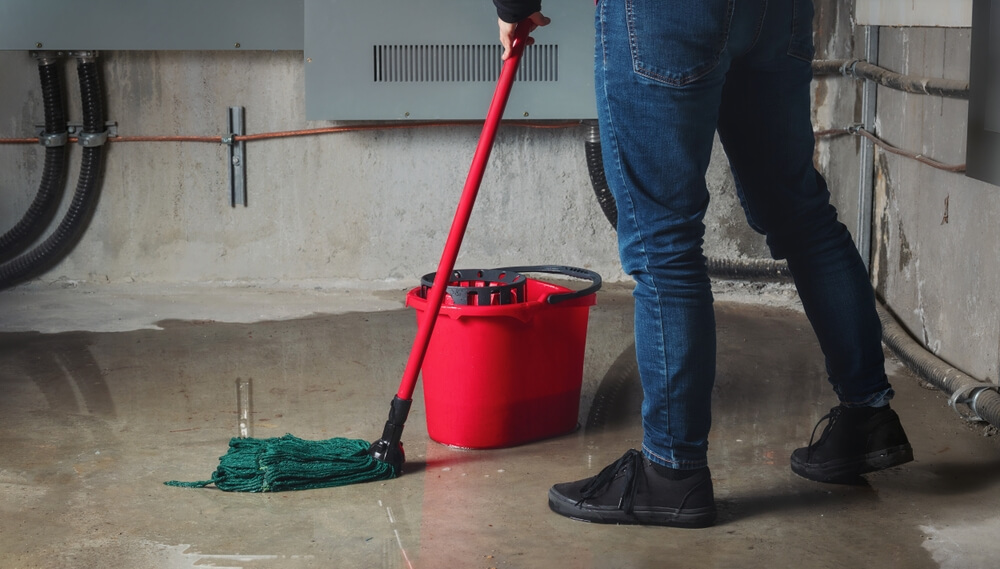Find Contents Insurance Quotes
Compare contents insurance quotes on RATESDOTCA and find the lowest rate.
Compare home insurance quotes from providers you trust
How to get your home insurance quotes on RATESDOTCA
Ready to compare quotes and save?
Tell us about your home
Answer a few basic questions about your home. It won't take long!
Compare your quotes
See quotes from top insurance companies side by side.
Choose the right coverage
Find the right protection for your home and everything in it.
Secure your rate
Connect with the provider and secure your rate.
What people say about our quotes

Based on 6,450 reviews

Fast efficient and fair
Quick quotes. Great rates. Easy to process
Trinity

Comparing Travel Insurance …
This was the only site I could find that allowed me to compare different travel insurance options. I particularly liked the ability to look at sample documents.
Toronto

Amazing
Very helpful and easy to use
Safe travels

Easy quick selection of rates
Easy quick selection of rates
J K

Great help in finding the best rate!
Great help in finding the best rate! Thanks a lot!
Ruthielyn opina

I like how I can quickly I can select…
I like how I can quickly I can select travel insurance. The web site had an issue earlier but seemed to correct itself.
Dennis
What is contents insurance?
Contents insurance protects the belongings of anyone named on a home or tenant insurance policy.
It’s a common feature on most comprehensive home insurance policies.
Depending on the details of the policy, if any items in the home are damaged, lost or stolen, the policyholder is eligible to receive financial compensation.
Coverage can also extend to contents outside of the home. For example, if your bicycle is stolen while you’re at work, you’re likely to be covered — subject to some limits.
It’s important to understand the details of any contents insurance coverage because policies often come with limits and exclusions.
If you have particularly valuable items that are excluded, you can list or “schedule” them with your provider as an endorsement or rider. Endorsements are common for things such as jewelry and sports equipment.
While there’s some variety among insurance providers, you may also be able to get an endorsement for items such as fine art or a wine collection.
When special items are neither protected under a policy nor through an endorsement, coverage may be available from a third-party provider.
How to determine the value of your contents
When you file a claim for coverage of belongings that have been damaged, lost or stolen, you’ll be asked to reflect their value.
This is much easier to do when you’ve created an inventory beforehand.
With the help of a spreadsheet or several popular apps, you can eliminate a considerable amount of stress during an already difficult time.
Your inventory should reflect the following about each item:
- Cost
- Date of purchase
- Payment method
- Manuals or warranties that could act as proof of ownership, if necessary
Photos and receipts will also come in handy if you ever need to make a claim.
What’s the difference between replacement cost and Actual Cash Value?
Replacement cost and Actual Cash Value (ACV) are insurance terms that refer to the amount of financial compensation a policyholder receives following a successful claim.
If you’ve opted for a policy that offers replacement cost, you’ll receive compensation for the current value of the belonging. For example, if your five-year-old computer is damaged, you’ll receive enough to replace it with a comparable new model.
If you’ve opted for actual cash value, in the event of damage, loss or theft, you’ll receive compensation that factors in any depreciation for the item since purchase.
In general, you’re likely to pay more for a policy that specifies replacement cost rather than ACV.
Frequently asked questions about contents insurance
Looking for contents insurance? The coverage is explained below.
How much contents insurance do I need?
The amount of contents insurance you need depends on the value of your belongings.
Many policyholders find they get enough protection through a comprehensive home insurance policy.
On the other hand, if you’re seeking protection for items that are worth more than any limit outlined in the policy, consider purchasing additional contents coverage.
In general, you’ll pay more for more coverage.
Endorsements or riders, terms which refer to an amendment to an insurance contract altering its provisions, are easily available for items such as jewelry and specialty sports equipment.
When determining how much coverage to get for contents insurance, you’ll also need to consider whether you’d like coverage for the replacement of your contents or the actual cash value.
The two are different: Actual cash value accounts for the depreciation of an item rather than how much it will cost to replace.
Contents insurance for renters is also important because any policy held by the landlord and/or owner will only deal with damage to the structure of the home and is unlikely to protect a tenant’s belongings.
Which home insurance policies include contents coverage?
Contents insurance is a common feature of comprehensive home insurance, condo and tenant insurance policies.
In other words, if you have a comprehensive policy — regardless of whether you live in a home, condo or have a rental — your belongings are likely to be protected.
A note about insurance for condo owners who rent out their units: there’s a difference between building and contents insurance.
Consider getting comprehensive home insurance, inclusive of contents coverage, in addition to any insurance that the tenant purchases.
Without it, there may be a gap in your coverage.
For example, in the event of damage, the condo building’s insurance will cover the cost of repairing or replacing elements of the original construction.
While the tenant’s insurance is likely to cover the cost of replacing their contents, home insurance — also known as condo insurance — must be held by the condo owner to cover the cost of repairing or replacing any upgrades to the unit that took place after original construction.
How much does contents insurance cost?
There are many factors that go into determining the cost of home insurance in general and contents insurance, specifically.
The more valuable your belongings, the more you can expect to pay for contents insurance.
When you get a comprehensive home insurance quote, the cost of contents insurance is included.
When you opt for replacement cost rather than actual cash value, you can expect to pay more. The latter will factor in any depreciation in value so, depending on the age of an item, you may not get much in terms of financial compensation.
Be aware that, in general, home insurance rates may increase more readily than is common with car insurance.
This is because Insurance companies make money through their investments and rates. In a low interest rate environment when investments aren’t providing a strong return, carriers tend increase home insurance rather than auto insurance rates because auto insurance is subject to regulation and not easily increased — nor decreased.
What does contents insurance cover?
There are two types of home insurance and each will cover your contents differently:
- All risks: Covers your belongings against all risks, except those that are excluded from the policy. Common risks include broken windows, electrical current, explosion, falling objects, fire, hail, lightning, smoke damage, theft, vandalism, (some) water damage and wind damage.
- Named perils: Protects your belongings from named perils, nothing more.
The type of contents insurance you have will determine if your belongings are covered.
For example, if you have an all-risks policy and a fire in your home destroys your furniture, the cost of repairing or replacing it is likely to be covered.
On the other hand, if you have a named perils policy that doesn’t include protection against theft, you will not be covered for items that are stolen from your home.
Since home insurance policies of any sort often contain exclusions, you may need to add an endorsement to protect items that are more valuable which the policy doesn’t cover.
It’s also important to be aware of any limits to coverage — regardless of what type of policy you have.
While water damage and fire are perils against which many home insurance policies protect, there is likely to be a limit to the coverage. Some types of water damage will be covered, while others such as flooding will not be.
As well, if a fire starts in the home due to illicit or illegal activity, coverage may be denied.
Who should get contents insurance coverage?
Most people with comprehensive home insurance will have contents coverage. This precludes you from having to make any decision about whether to get it.
If you don’t have a comprehensive policy, you should consider how expensive it could be to replace all your belongings at once.
It may not be a significant cost for a renter who owns very little, but if you have many belongings — particularly valuable items — contents insurance can go a long way to managing costs in the event you have to make an insurance claim.











